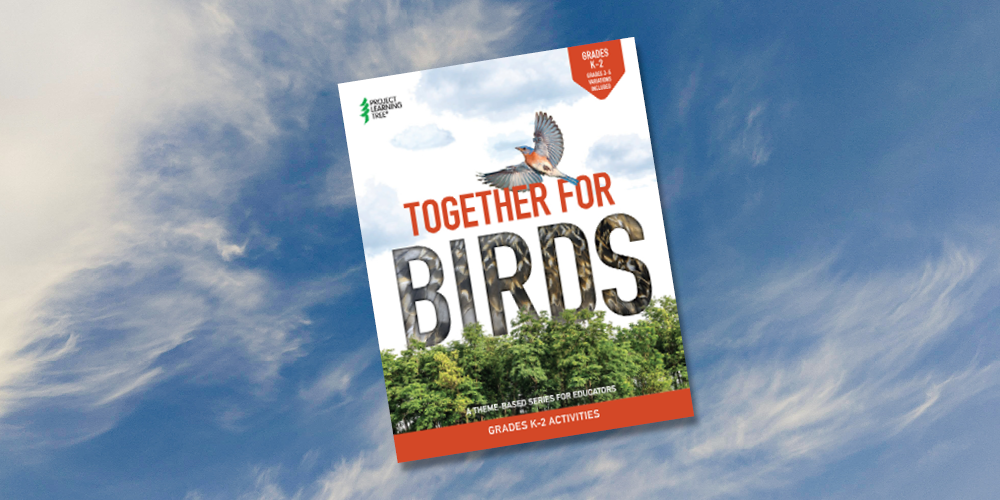
Together for Birds
Together for Birds invites students to investigate ways that birds and other living things depend on their habitat to live. It is designed for educators of students in grades K-2, with variations for grades 3-5.

Together for Birds invites students to investigate ways that birds and other living things depend on their habitat to live. It is designed for educators of students in grades K-2, with variations for grades 3-5.
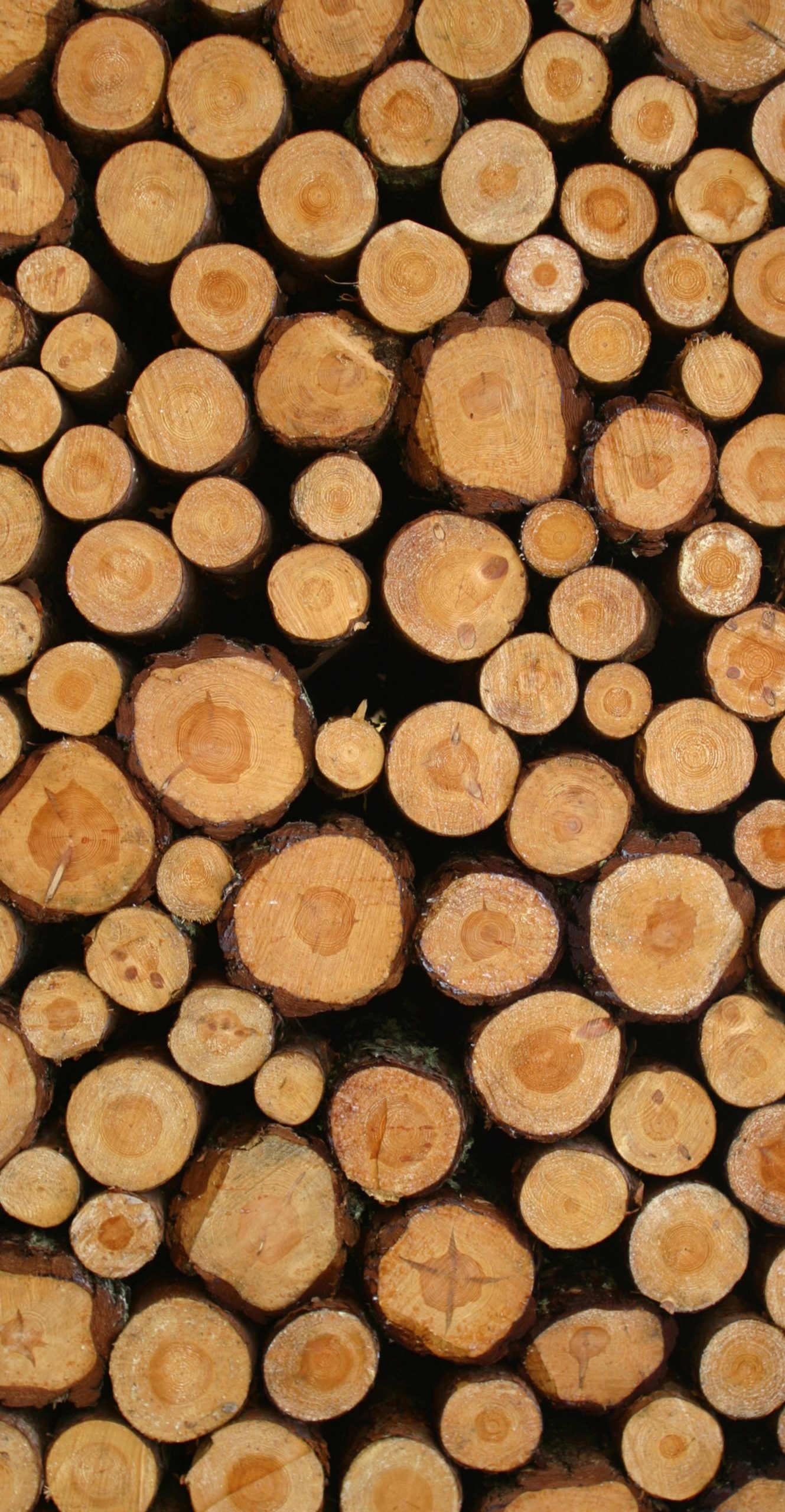
This Learn About Forest activity is perfect for forest sector professionals leading educational events, career days, or field visits with youth. Learners examine cross-sections of trees and infer from a tree’s growth rings.
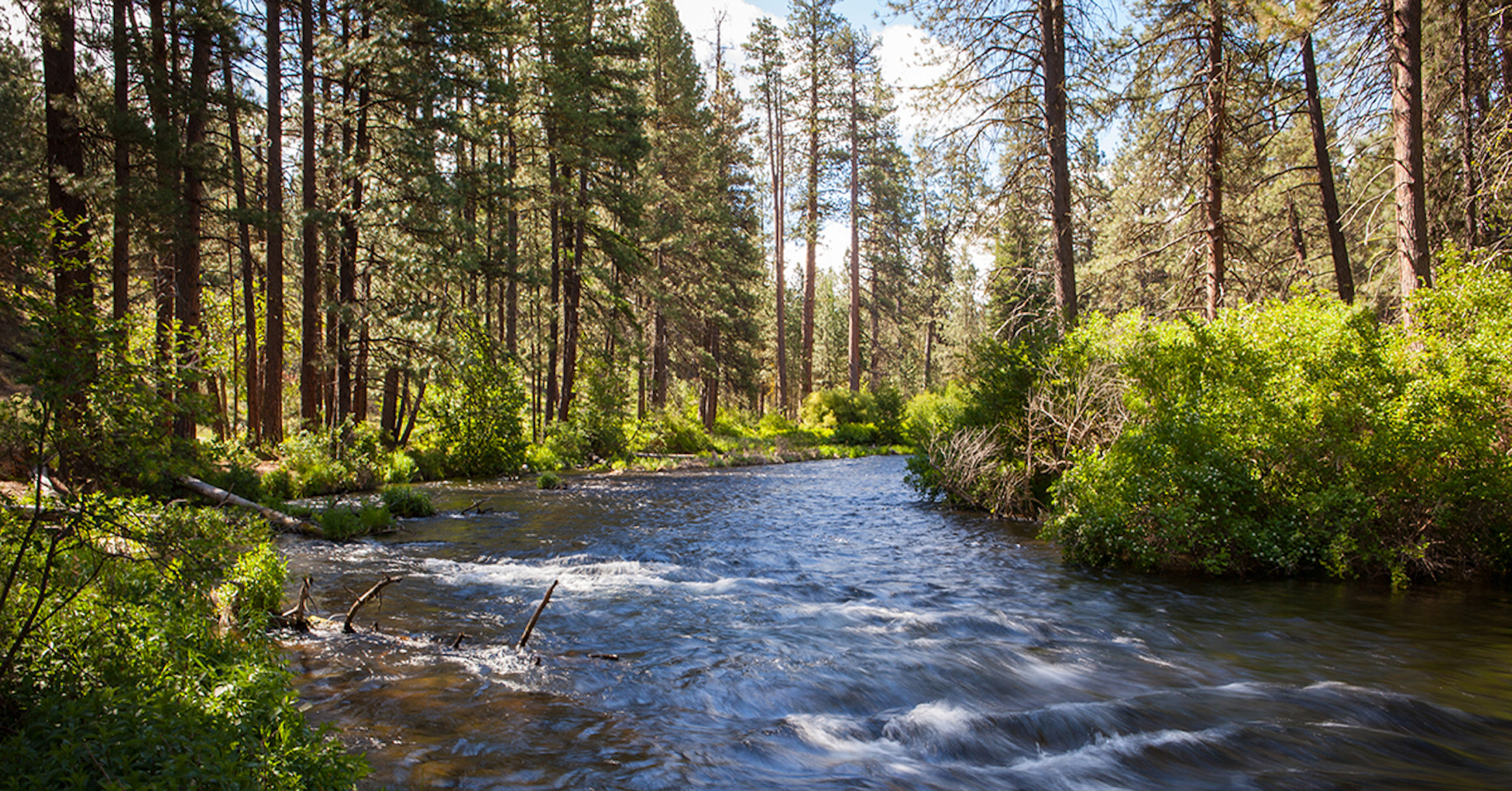
Engage middle school-aged youth in learning about trees, forests, and sustainable forest management with these free ready-to-use activities to engage youth in learning about sustainable forest management.
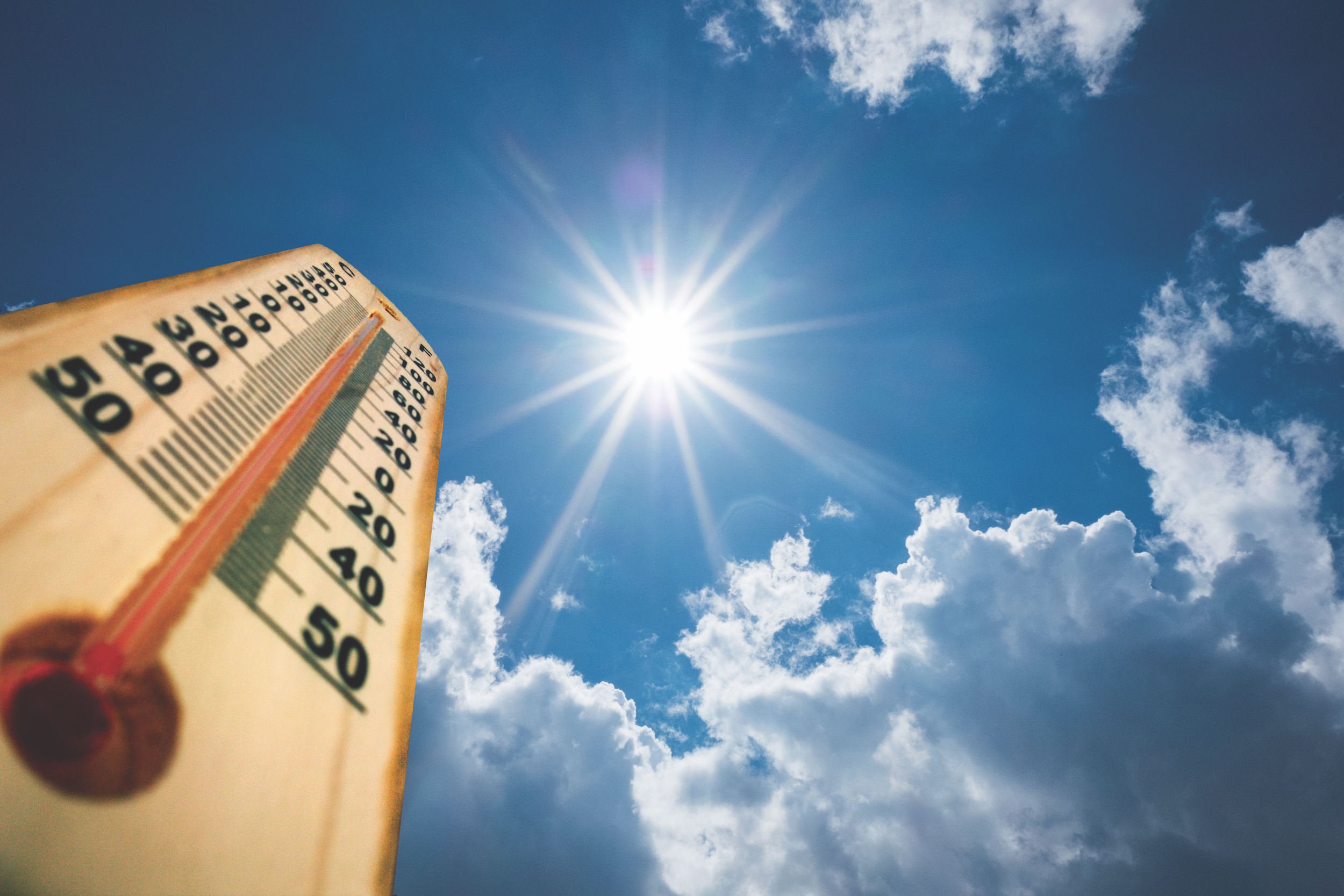
Using data collected from Mauna Loa, students graph changes in atmospheric levels of carbon dioxide (CO2) over the course of several decades and identify possible reasons for those changes.
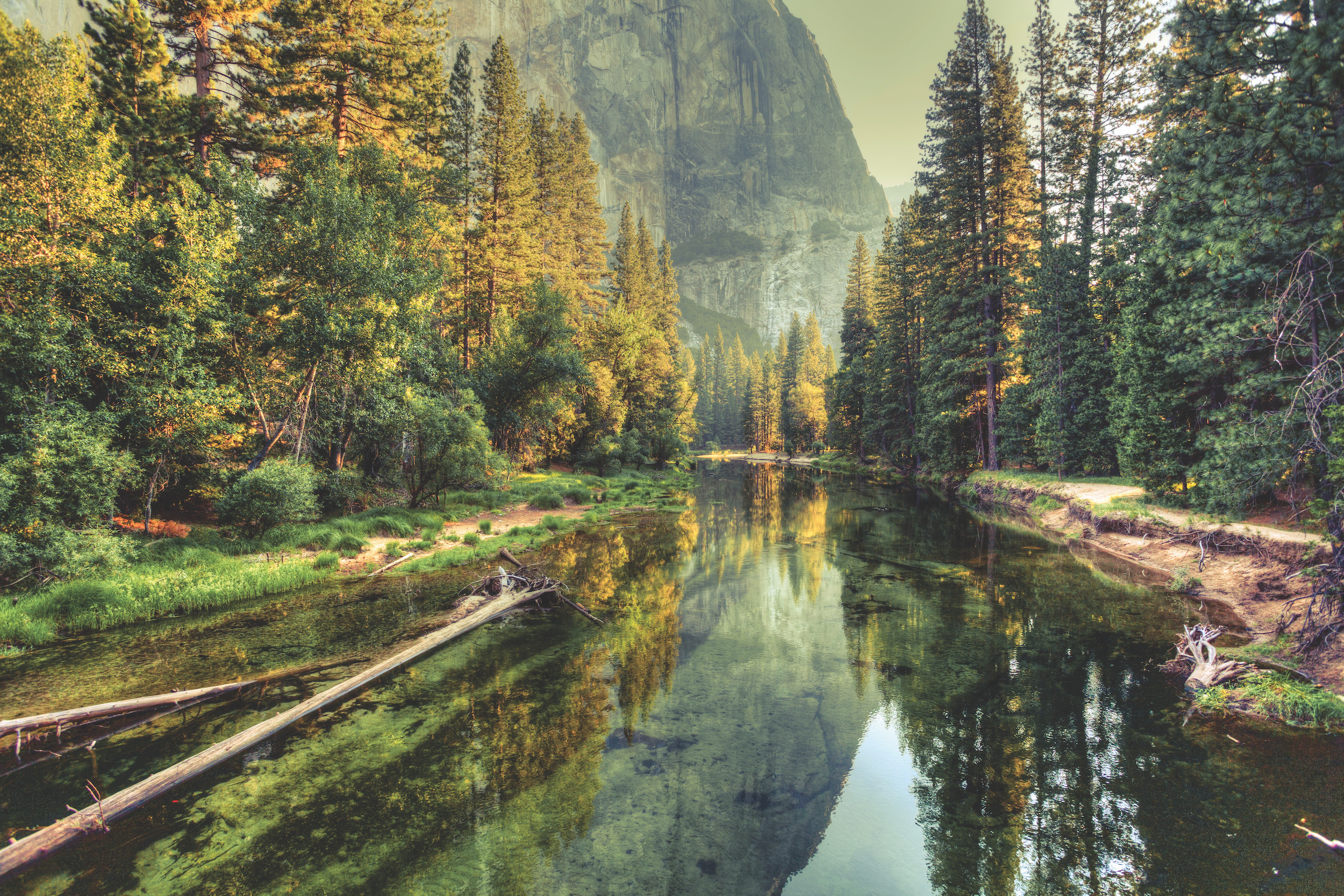
Our nation’s forests are managed to support different outcomes. Students learn how forests can be managed to meet human and environmental needs and examine national parks to identify challenges that forest managers face meeting different needs.
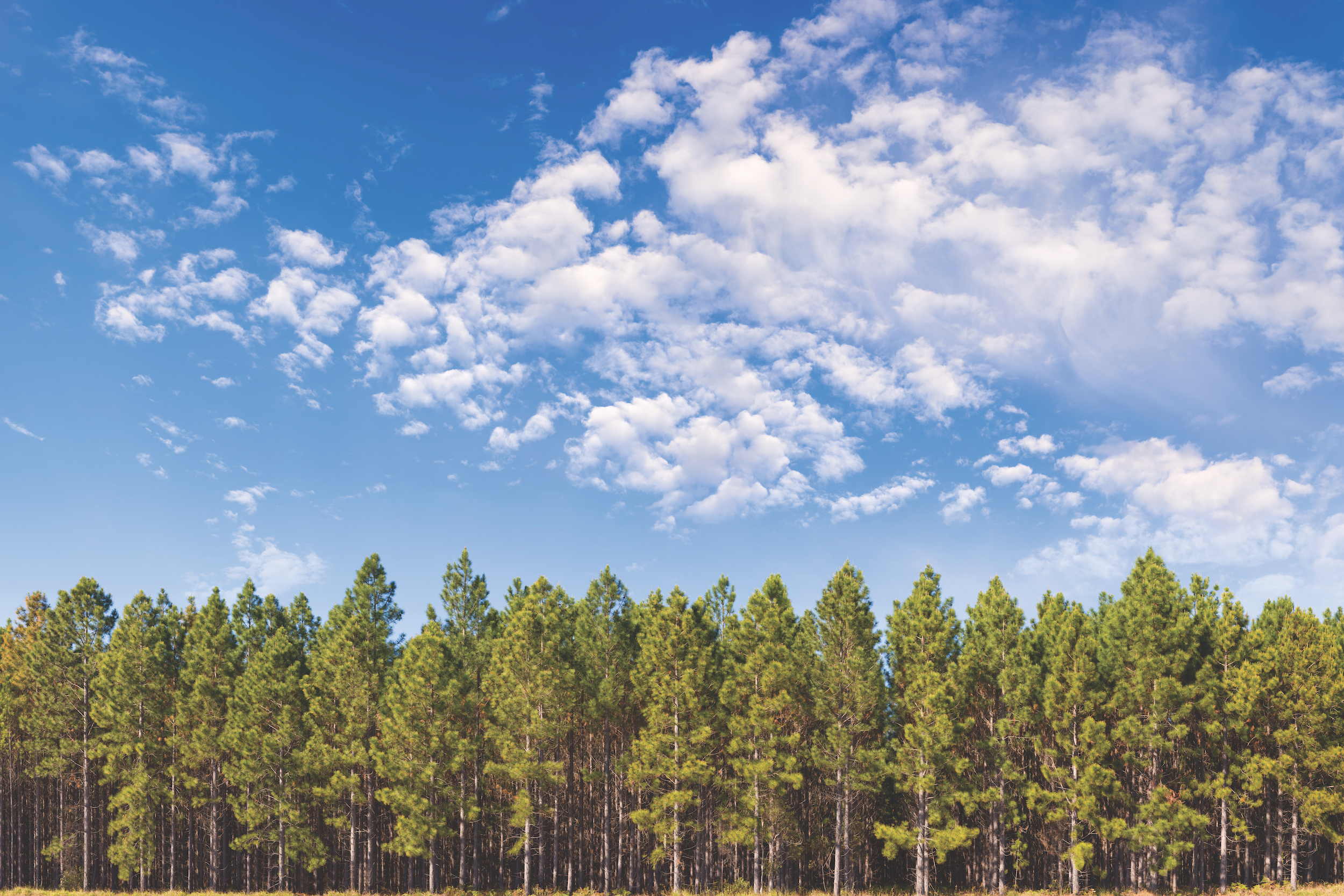
Succession is a natural pattern of change that takes place over time in a forest or other ecosystem. Students read a story about succession and investigate the connections among plants, animals, and successional stages in a local ecosystem.
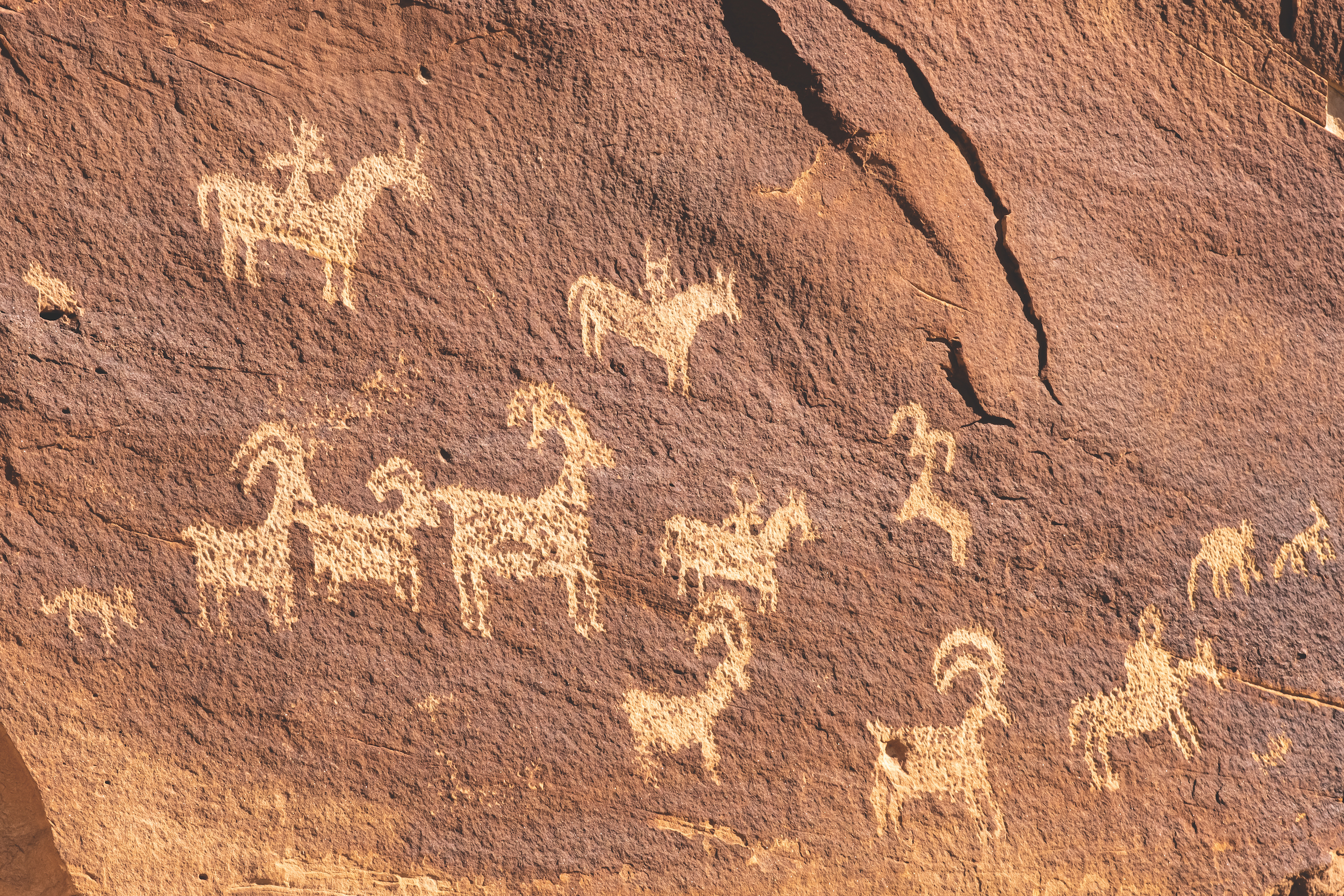
Students play the role of forest manager for a 400-acre (162-hectare) public forest, exploring the complex factors that influence management decisions about forest lands.
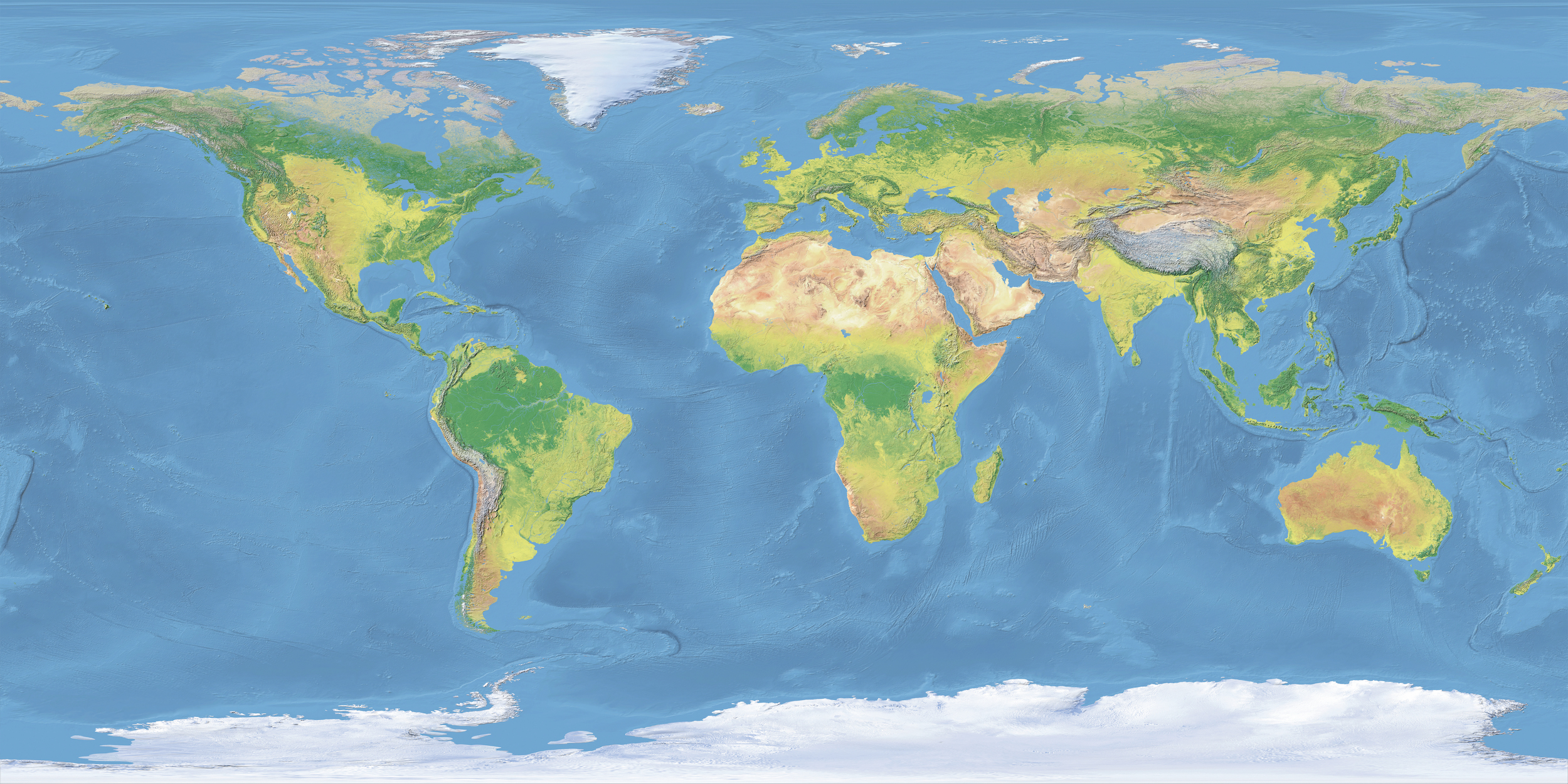
Students gain an appreciation for how many natural resources they depend on in their day-to-day lives. By tracing the resources that go into making one item, students learn how its manufacturing can have an impact on the environment.

The energy we use at home, school, or work enhances our lives, but it also often contributes to air and water pollution, wildlife and habitat loss, and climate change.

By reading a story such as The Lorax by Dr. Seuss, students can examine the importance of conserving natural resources.